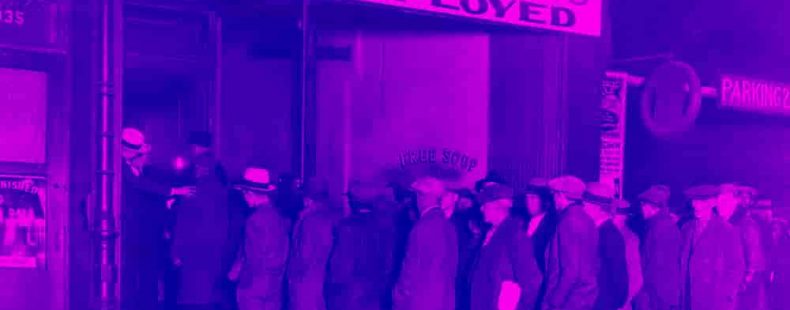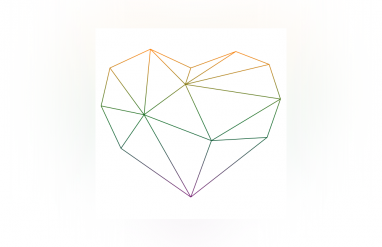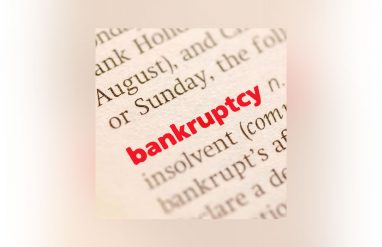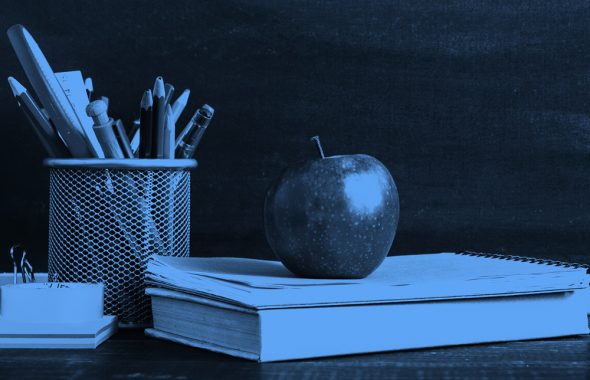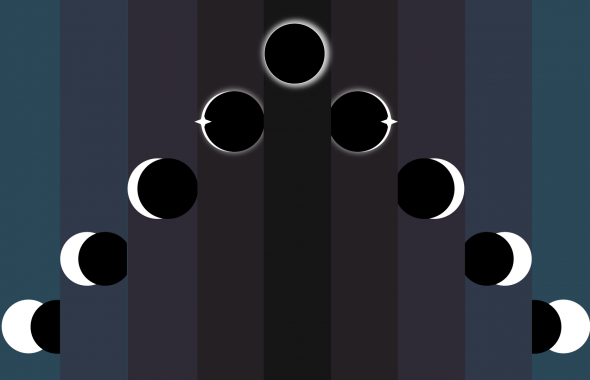by John Kelly, Senior Research Editor at Dictionary.com
Economics—as if understanding its facts and figures, number and statistics, and charts and graphs isn’t challenging enough.
Economics also relies on some tough terms. No, we don’t just mean the more advanced argot of arbitrage or leveraged buyout. Even more familiar economic terms many of us encounter in the news (or, more frighteningly, feel in our pocketbooks), like recession, can be confusing.
That confusion isn’t only because a word like recession is often used in contrast to a word like depression. It’s also because there aren’t any hard-and-fast, across-the-board, one-size-fits-all rules about when an economic tailspin becomes a recession—or worse.
What is a recession?
In economics, a recession is a period of an economic contraction, sometimes limited in scope or duration. Characteristics of a recession generally include significant declines in:
- industrial production
- international trade
- employment
- household income and spending
- investments
- construction
- stock-market values
There aren’t exact declines which trigger universal agreement that an economy is in recession. In fact, economists debate whether an economy is in recession well into one. But, some analysts do use one conventional benchmark: two consecutive quarters of decline in a country’s gross domestic product (GDP), adjusted for inflation.
Yeah, let’s break these terms down some more.
GDP is the total monetary value of all final goods and services produced in a country during one year—excluding payments on foreign investments. Inflation is a persistent, substantial rise in the general level of prices related to an increase in the volume of money and resulting in the loss of value of currency. When GDP is adjusted for inflation, it means economists are examining monetary values at present, not historic, levels.
The National Bureau of Economic Research (NBER), which officially tracks the cycles of expansion and contraction in US business, explicitly does not use that informal, two-quarter-decline standard. Instead, NBER defines a recession as “a significant decline in economic activity spread across the economy, lasting more than a few months, normally visible in real GDP, real income, employment, industrial production, and wholesale-retail sales.”
Peak vs. trough
A business cycle is a period of economic activity between a peak (maximum point) and a trough (lowest point). So, an expansion runs from a trough to a peak, and a contraction—or recession—spans a peak to a trough.
Bear market vs. bull market
When prices are falling in the stock market, it’s called a bear market. Investors often sell stocks during a bear market. When prices are rising in the market, it’s a bull market, when investors frequently like to buy. The use of bear and bull for these distinctions trace back to some old proverbs and financial jargon.
Social recession
Economic recessions have inspired the concept of a social recession, or a decline in the quality of our social lives, especially when we have limited and fewer interactions with people.
Social recessions can take a toll on our physical and mental health, and can weaken our social bonds and communities. Loneliness and isolation are some symptoms of a social recession, which can particularly harm people who are already alone.
During the 2020 coronavirus pandemic, many people raised concerns about a social recession as a result of social distancing and stay-at-home orders that required the cancellations of most gatherings of people, from concerts and conferences to birthday parties to dining out.
Unemployment is a major aspect of a recession. Learn more in our article on the difference between furlough vs. layoff.
What causes a recession?
The causes of recessions are complex and often interrelated. But, in very general terms, recessions can be caused by such factors as:
- high inflation
- high interest rates
- overproduction
- asset bubbles (unsustainable increase in the value of goods, property, or other investment)
- overextended credit and high debt
- bank runs and lack of consumer confidence
- trade wars
- problems in financial markets, policies, and regulation
Now, we saw bears and bulls above. Let’s add another creature: the black swan. A black swan is a metaphor for something that is extremely rare (compare the expression rare bird). In market-speak, a black swan is a rare and unpredictable event that can have disastrous consequences for the economy. The 2020 coronavirus pandemic has been popularly referred to as a black swan, as the outbreak froze large parts of the economy around the world to contain the spread of the virus and caused—according to many experts—a recession.
What is a depression?
Compared to a recession, a depression is much more severe and sustained. A depression is a period during which business, employment, and stock-market values decline severely or remain at a very low level of activity.
Production, employment, consumption, trade, investment, income, spending—all of these aspects of the economy are reduced sharply and widely, often across the entire globe. A recession can be global in scale, but it can also restrict the economies of smaller regions or just even individual countries.
There’s no magic number for when an economy is in a depression. Nor does the NERB offer a definition of a depression. But, some conventional indicators of a depression may include:
- over 10% decline in GDP
- around 20% unemployment
- downturn lasts more than 1–2 years
Great Recession vs. Great Depression?
In economic contexts, the word depression probably brings to mind one depression in particular: the Great Depression. This was the economic crisis and period of low business activity in the US and other countries, roughly beginning with the stock-market crash in October 1929 and continuing through most of the 1930s.
If we measure a depression by that yardstick of a 10% decline in GDP, the Great Depression was the last depression experienced by the US and many other major economies around the world. (By that measure, many economists say Finland underwent a depression in the early 1990s after the breakup of the Soviet Union.)
Let’s look closer at some of the statistics of the Great Depression. Between 1929–33, it’s estimated that, in the US, industrial production plummeted nearly 50%, the GDP plunged 30%, and unemployment surpassed 20%. Translation: that’s bad.
Learn more about causes and effects of the Great Depression in our Homework Help on this important term.
This was the worst downturn the US and other economies faced until what’s often called the Great Recession of 2007–09. Now, if we compare the figures between the Great Depression and Great Recession, we can see just how much more severe a depression is: GDP sank over 4% and unemployment rose to 10%. That’s still bad, but not depression-level bad.
Here are some more figures to drive home the difference in scale and frequency between recession and depression. Since the 1850s, the NBER has determined there have been 33 recessions in the US alone. And, according to the International Monetary Fund (IMF), 21 advanced economies around the world experienced 122 recessions between 1960–2007. In contrast, we generally only refer to one depression—the Great Depression.
What else do recession and depression mean?
The word recession is commonly used in the context of economics. But the word, of course, has other uses. First recorded in the mid-1600s, recession comes from the Latin recessiō, a form of the verb recēdere, “to go back, withdraw.” Recēdere is ultimately the source of the English word recede and recess.
You might also encounter the word recession in various ceremonies, such as religious services, weddings, and graduations. A recession, here, is a withdrawing procession. (Yes, recession and procession share a root. ) During a ceremonial recession, a special song, called recessional, is often played to mark the celebratory end of an event.
Because economic depressions are less common than recessions, the word depression, in our everyday lives, probably refers to the word’s psychological senses. In psychiatry, depression means “a condition of general emotional dejection and withdrawal; sadness greater and more prolonged than that warranted by any objective reason.” We also often use depression in less clinical ways for when people are feeling sad and dejected for an extended period of time.
Like recession, depression comes from Latin. Recorded around 1350–1400, depression comes from the Late Latin dēpressiō, from the past participle form verb dēprimere, “to press down.” That origin helps explain why we also use depression to refer to a physically sunken area.
Ups and downs
Economic slumps, slowdowns, downswings, downturns—whatever we may call these contractions of the economy, and whether these crises reach the proportions of recessions or worse, they can certainly make us feel, well, depressed and like we want to recede. But there may be some consolation in better understanding economic recessions and depressions, and that all things have their cycles, their ups and downs.
